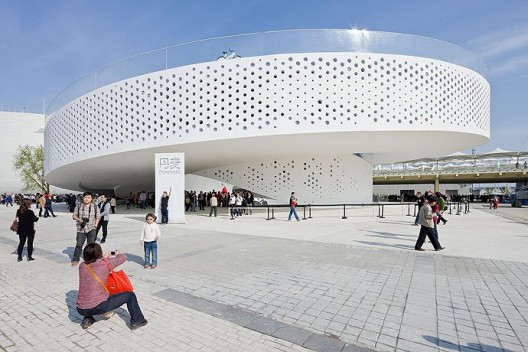
© Iwan Baan
The Denmark Pavilion was one of the first ones we presented you, almost a year ago. The project, designed by BIG with ARUP and 2+1, was interesting not only from an architectural and structural point of view, but also for the danish spirit it represents.
Basically, the pavilion is a big loop on which visitors ride around on one of the 1,500 bikes available at the entrance, a chance to experience the Danish urban way. At the center of the pavilion there’s a big pool with fresh water from Copenhagen’s harbor (one of the most clean in the world), on which visitors can even swim.
At the center of the pool you will find The Little Mermaid, a statue that has become a symbol for Denmark. And this time, it will be moved temporarily to China. In Bjarke Ingels words “it is considerably more resource efficient moving The Little Mermaid to China, than moving 1.3 billion Chinese to Copenhagen”.
After the break, more images of the completed pavilion by arch photographer Iwan Baan, including Bjarke Ingels himself riding a bike on the circular loop:
The pavilion is a monolithic structure in white painted steel which keeps it cool during the Shanghai summer sun due to its heat-reflecting characteristics. The roof is covered with a light blue surfacing texture, known from Danish cycle paths. Inside, the floor is covered with light epoxy and also features the blue cycle path where the bikes pass through the building. The steel of the facade is perforated in a pattern that reflects the actual structural stresses that the pavilion is experiencing making it a 1:1 stress test.
“Sustainability is often misunderstood as the neo-protestant notion “that it has to hurt in order to do good”. “You’re not supposed to take long warm showers – because wasting all that water is not good for the environment” or “you’re not supposed to fly on holidays – because airtraffic is bad for the environment”. Gradually we all get the feeling that sustainable life simply is less fun than normal life. If sustainable designs are to become competitive it can not be for purely moral or political reasons – they have to be more attractive and desirable than the non-sustainable alternative. With the Danish Pavilion we have attempted to consolidate a handful of real experiences of how a sustainable city – such as Copenhagen – can in fact increase the quality of life”,
- Bjarke Ingels
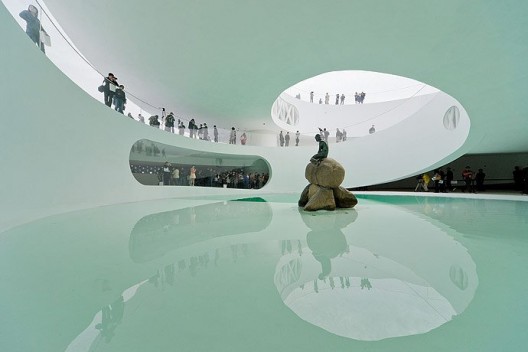
© Iwan Baan
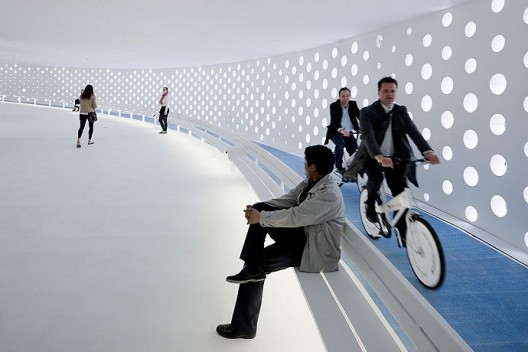
© Iwan Baan
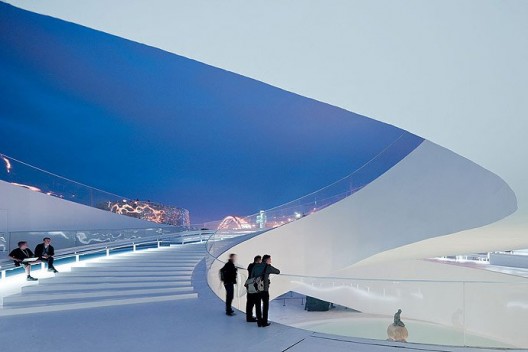
© Iwan Baan
SIZE: 3.000m2
CLIENT: EBST
COLLABORATORS: 2+1, Arup AGU, Arup Shanghai, Tongji Design Institute, Ai Wei Wei, Jeppe Hein, Martin De Thurah, Peter Funch
LOCATION : Shanghai, China
Architect: BIG
Creative Director: Bjarke Ingels
Partner-in-Charge: Finn Norkjaer
Team: Tobias Hjortdahl, Jan Magasanik, Claus Tversted, Henrick Poulsen, Niels Lund Petersen, Kamil Szoltysek, Sonja Reisinger, Anders Ulsted, Jan Borgstrom, Pauline Lavie, Teis Draiby, Daniel Sundlin, Line Gericke, Armen Menendian, Karsten Hammer Hansen, Martin W. Mortensen, Kenneth Sorensen, Jesper Larsen, Anders Tversted
- © Iwan Baan
- © Iwan Baan
- © Iwan Baan
- © Iwan Baan
- © Iwan Baan
- © Iwan Baan
- © Iwan Baan
- © Iwan Baan
- © Iwan Baan
- © Iwan Baan
- © Iwan Baan
- © Iwan Baan
- © Iwan Baan
- © Iwan Baan
- © Iwan Baan
- © Iwan Baan
- © Iwan Baan

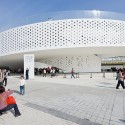
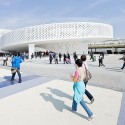
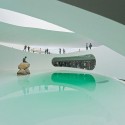
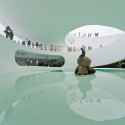
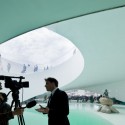
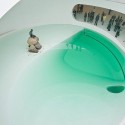
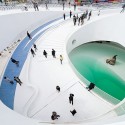
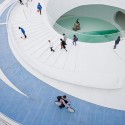
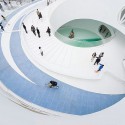
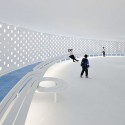
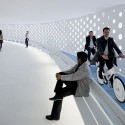
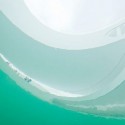
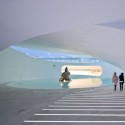
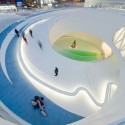
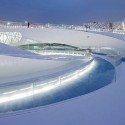
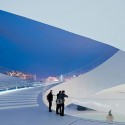
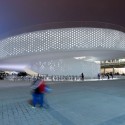
No comments:
Post a Comment